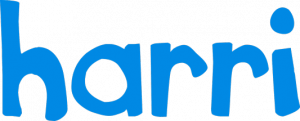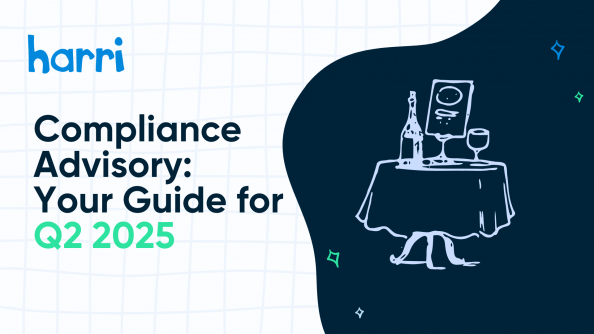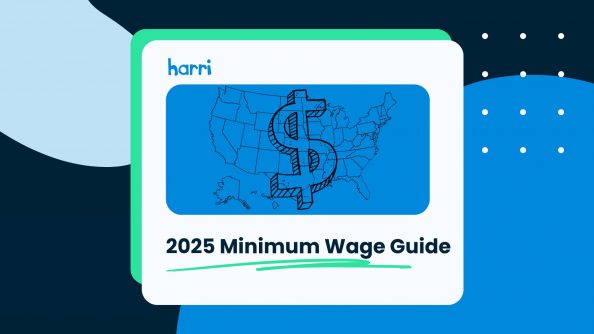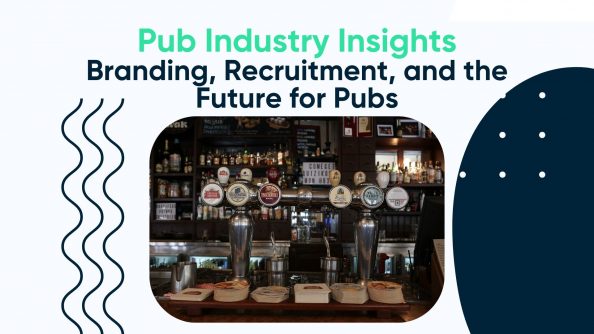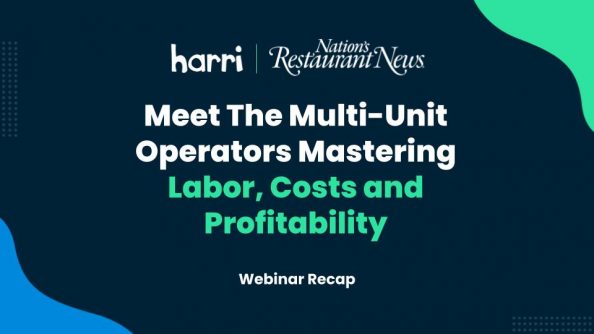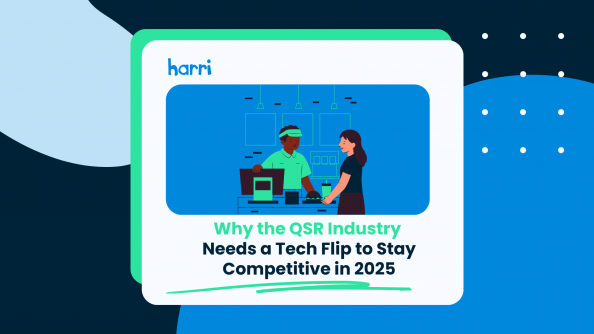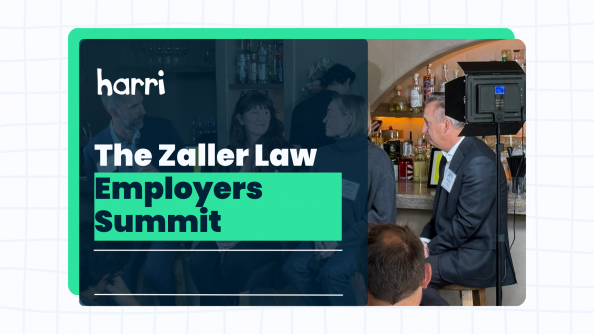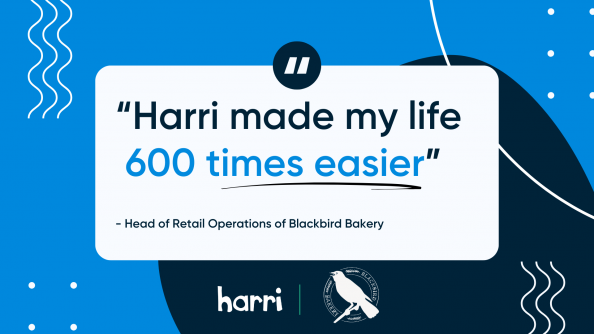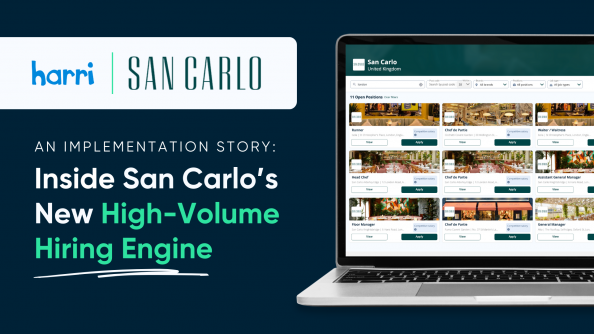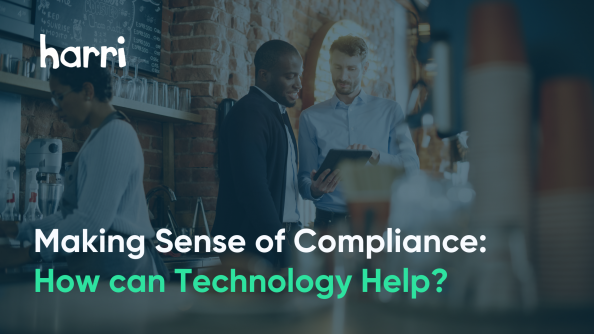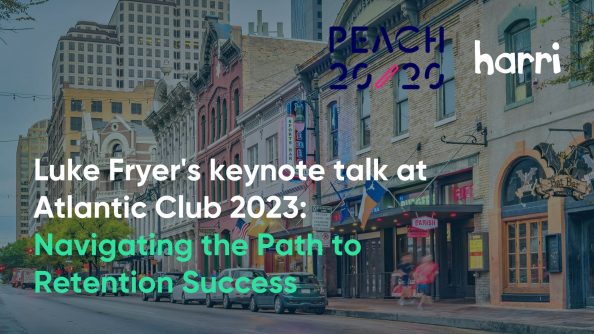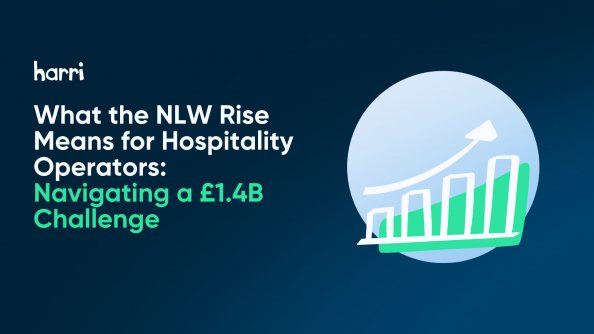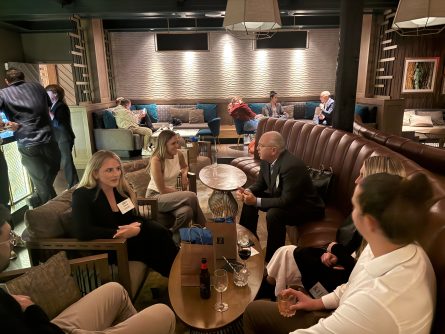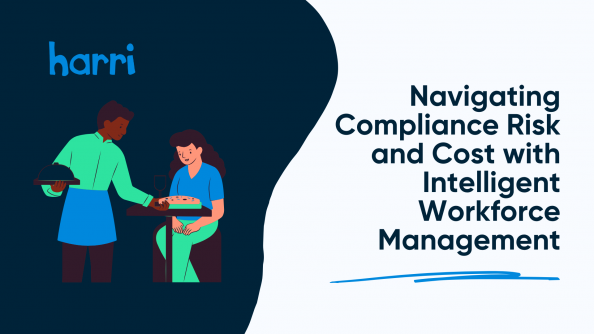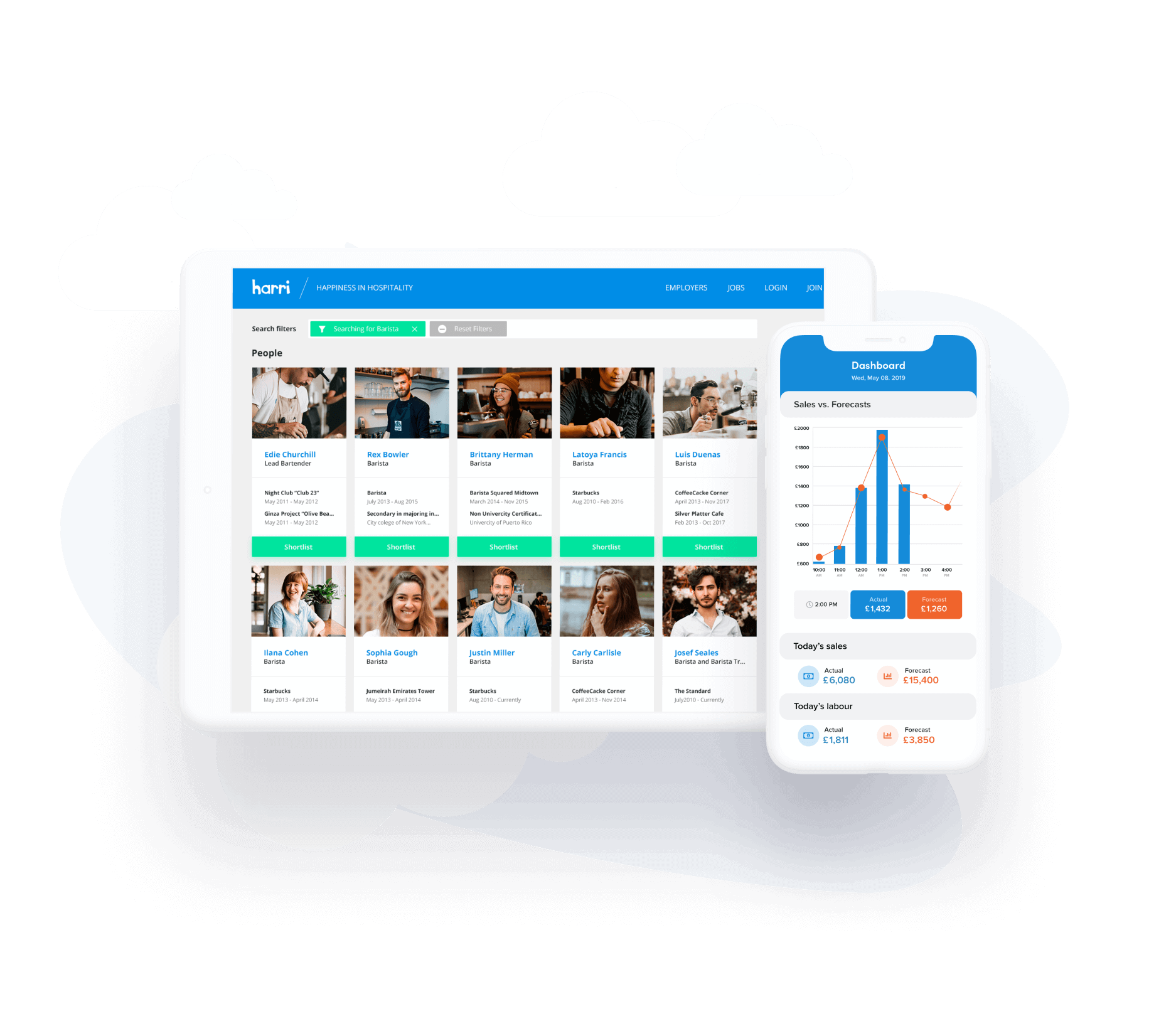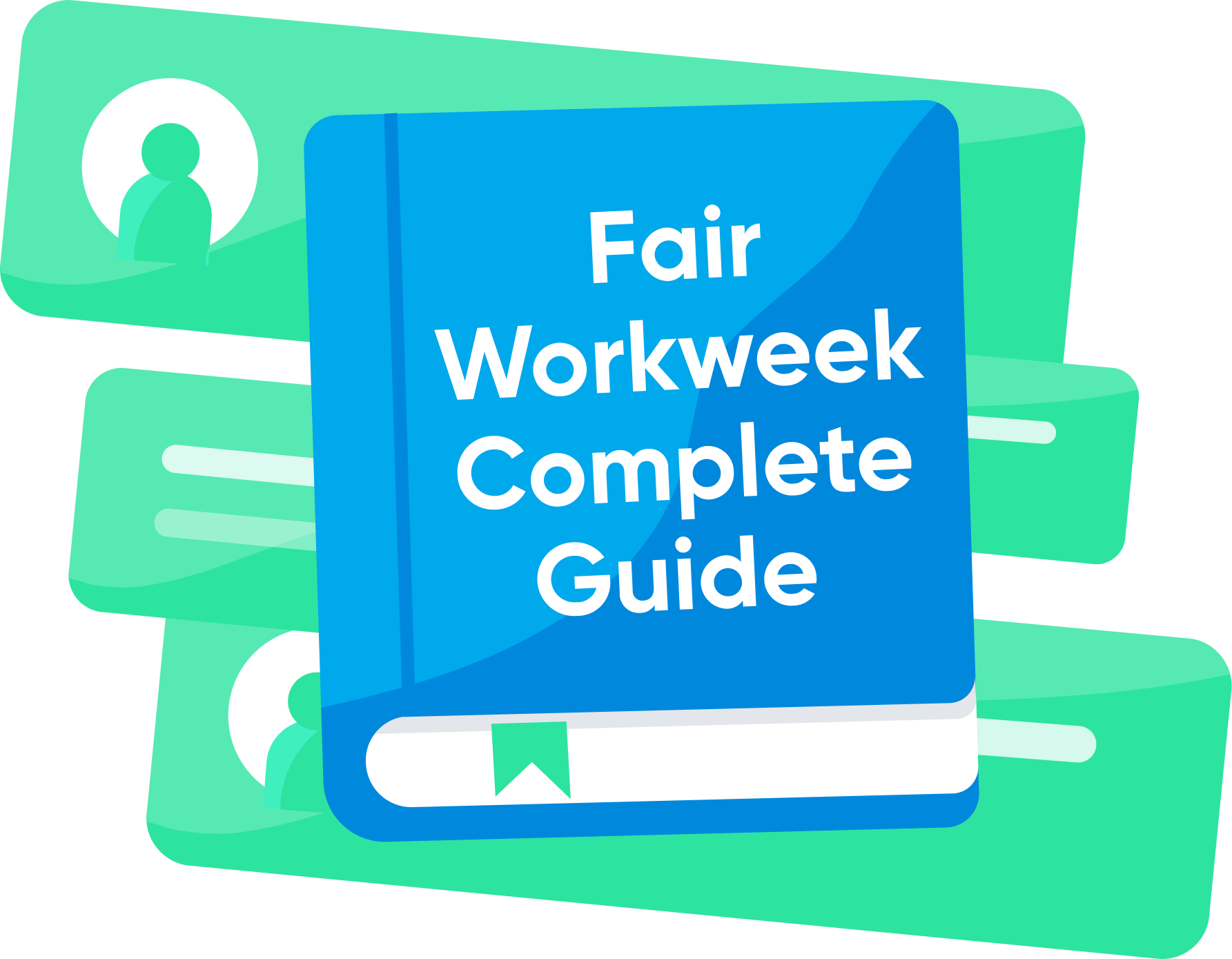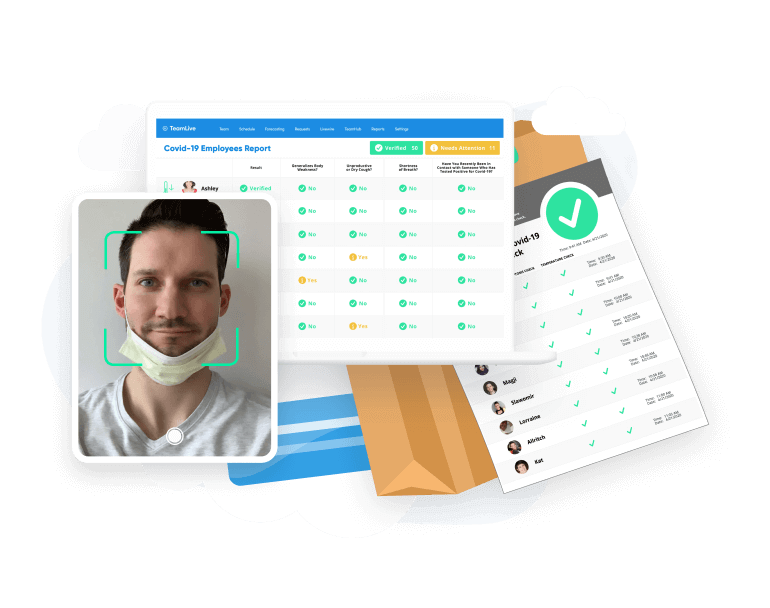Executive Dinner: What Hospitality Leaders Really Want from Tech
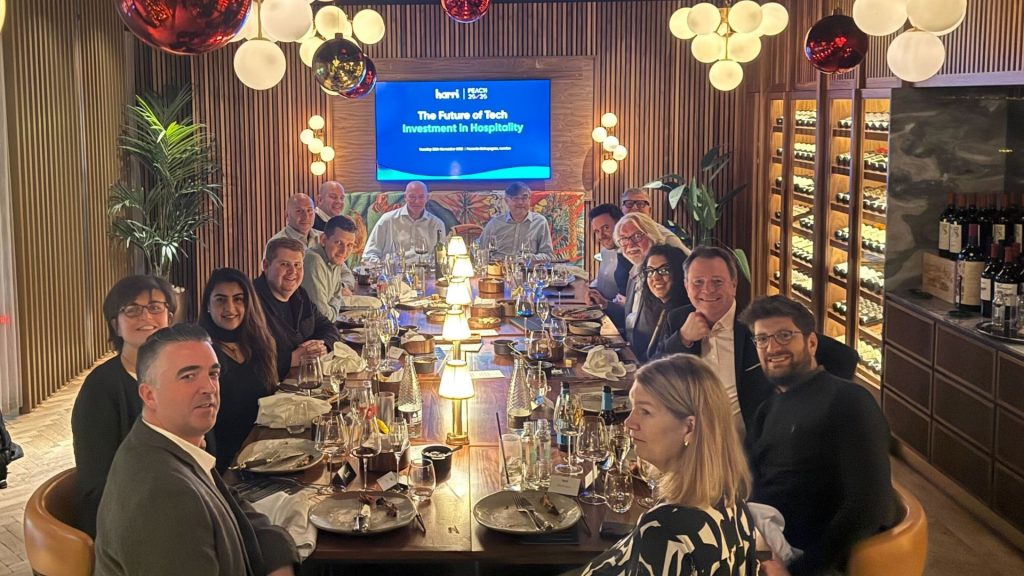
- By Harri Insider Team | November 26, 2025
The conversation at last night’s CTO/CIO/CFO dinner was loud and clear: executives are exhausted by vendors talking about AI. They don’t want “co-pilots,” fluffy dashboards, or complicated assistants. They want one thing: automation that removes real work.
This group of hospitality leaders isn’t asking for more places to look at things. They are demanding fewer clicks, fewer admin loops, and noticeable time back for their teams. In their view, technology, especially AI, should eliminate friction tasks, not create more noise.
The Dashboard is Dead: Give Me the Data
A second major theme throughout the night was data, and a decisive rejection of the traditional “insights dashboard.”
Instead of competing with platforms like Power BI, leaders want Harri to be the cleanest, most trusted dataset in the industry. They want granular, raw data exports on labour, cost, skills, absence, and performance, that seamlessly plug into their existing Microsoft BI layers, Snowflake, Fabric, and internal analysis stacks.
- The Message: Give us the data, not the pie charts.
- The Problem: The current system fragmentation is forcing GMs to do their own “shadow BI” work, exporting everything from Google Reviews to POS data just to surface the moments that actually matter in day-to-day hospitality operations.
If a platform can intelligently surface those operational moments as they happen, GMs can finally get out of the spreadsheet weeds.
Forecasting Needs a Reality Check
Sales forecasting came up repeatedly, but with a surprising twist. Every CIO had a completely different view on what “forecasting” even is some said pure sales prediction, others said it was labour-linked, others still mentioned footfall or multi-channel revenue.
Instead of fighting to deliver the single “winning” forecasting engine, the real opportunity is course-correction. Leaders want to know why their forecast was wrong, what caused the deviation, and what action to take next time.
What they actually want AI to surface are the operational flashpoints:
- Attendance issues.
- Persistent lateness or performance concerns.
- Shifts where the forecast looks misaligned.
- Inconsistencies in multi-channel revenue.
They don’t want a dashboard to check. They want an intelligent nudge that appears at the right moment, telling them exactly what changed and what to do next.
Reporting Must Adapt to Revenue Reality
The complexity of modern hospitality revenue streams delivery apps, click & collect, table ordering, pre-booked events makes generic reporting useless. Every brand structures revenue differently, and reporting cannot be one-size-fits-all anymore.
The system must adapt to how each business actually works. CIOs want the ability to hide anything irrelevant and surface only the reporting that matters to their model. A single-site pub should not see the same interface as a national QSR chain. This also includes eliminating painful manual workarounds, such as one group currently exporting CSVs to run a legacy spreadsheet just to manage hospitality-specific pension rules and tronc payments in systems. This is a massive opportunity for true, hospitality-specific logic.
Lower Budgets, Higher Expectations
A final, crucial insight is that hospitality’s tech spend as a percentage of the P&L is roughly half that of retail. This means expectations are high, but budgets are lower.
The vendors who succeed are those who deliver rapid automation, fast ROI, and low-effort adoption. Not more modules. Not more dashboards. They want more time back.
The Takeaway
Hospitality doesn’t need more software. It needs software that truly understands hospitality. It needs:
- Automation that removes high-frequency work.
- Intelligent nudges instead of complicated dashboards.
- Forecasting that explains itself and suggests course-correction.
- Exports that empower BI teams rather than compete with them.
- Reporting that adapts to the concept, not the other way around.
Want to learn how Harri is building technology to eliminate high-frequency friction and deliver time back to your teams?
